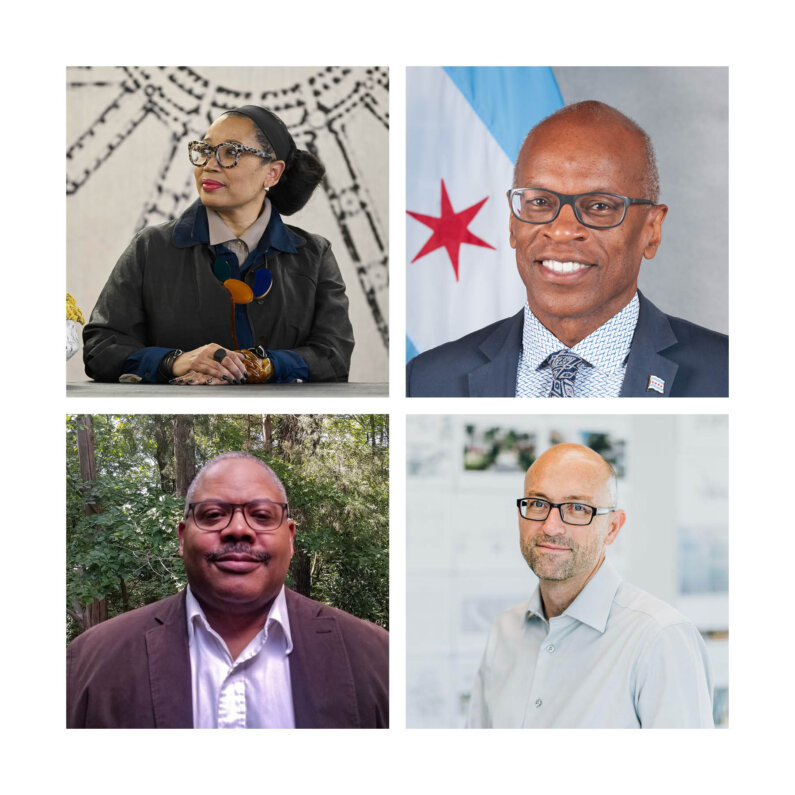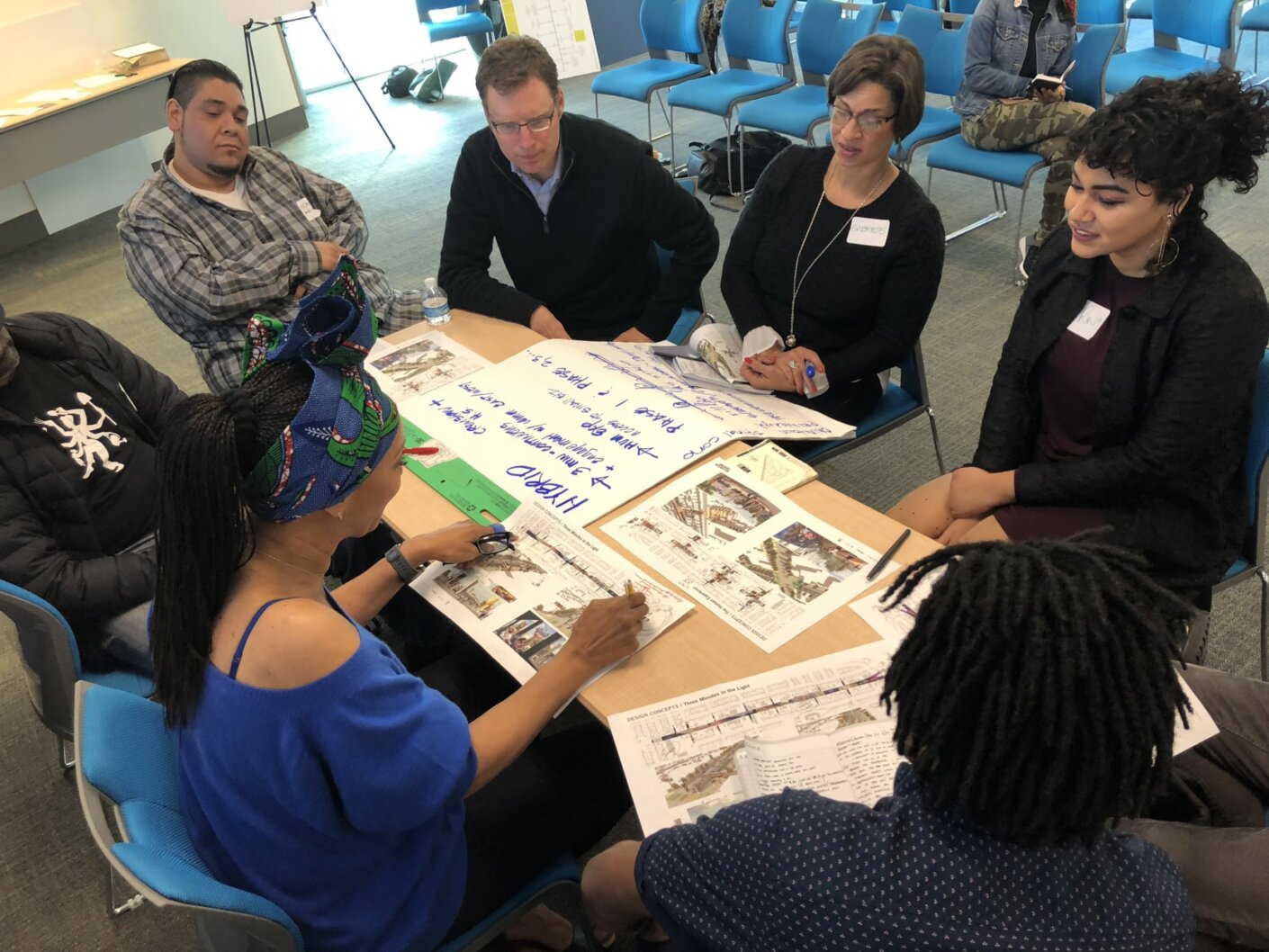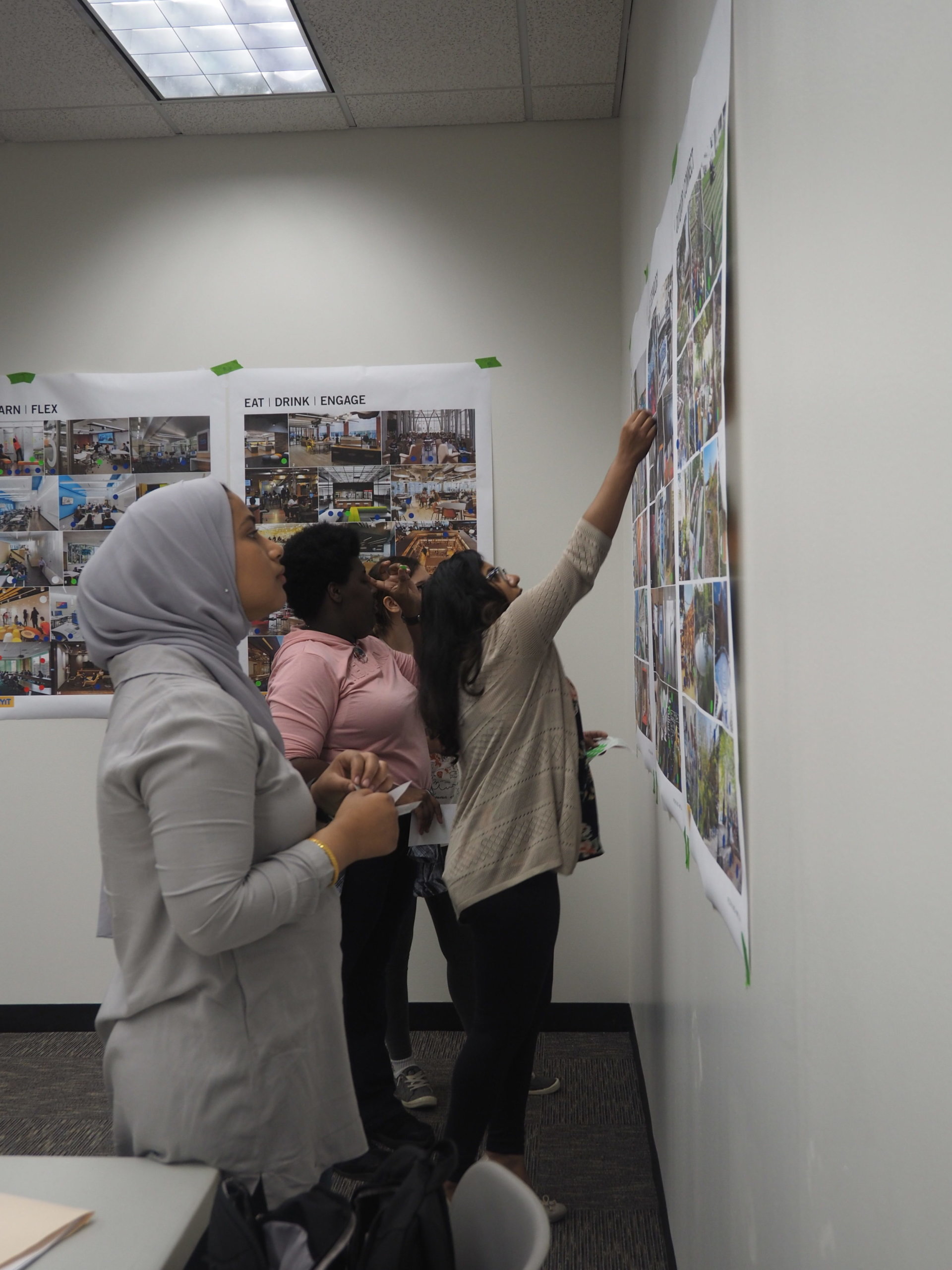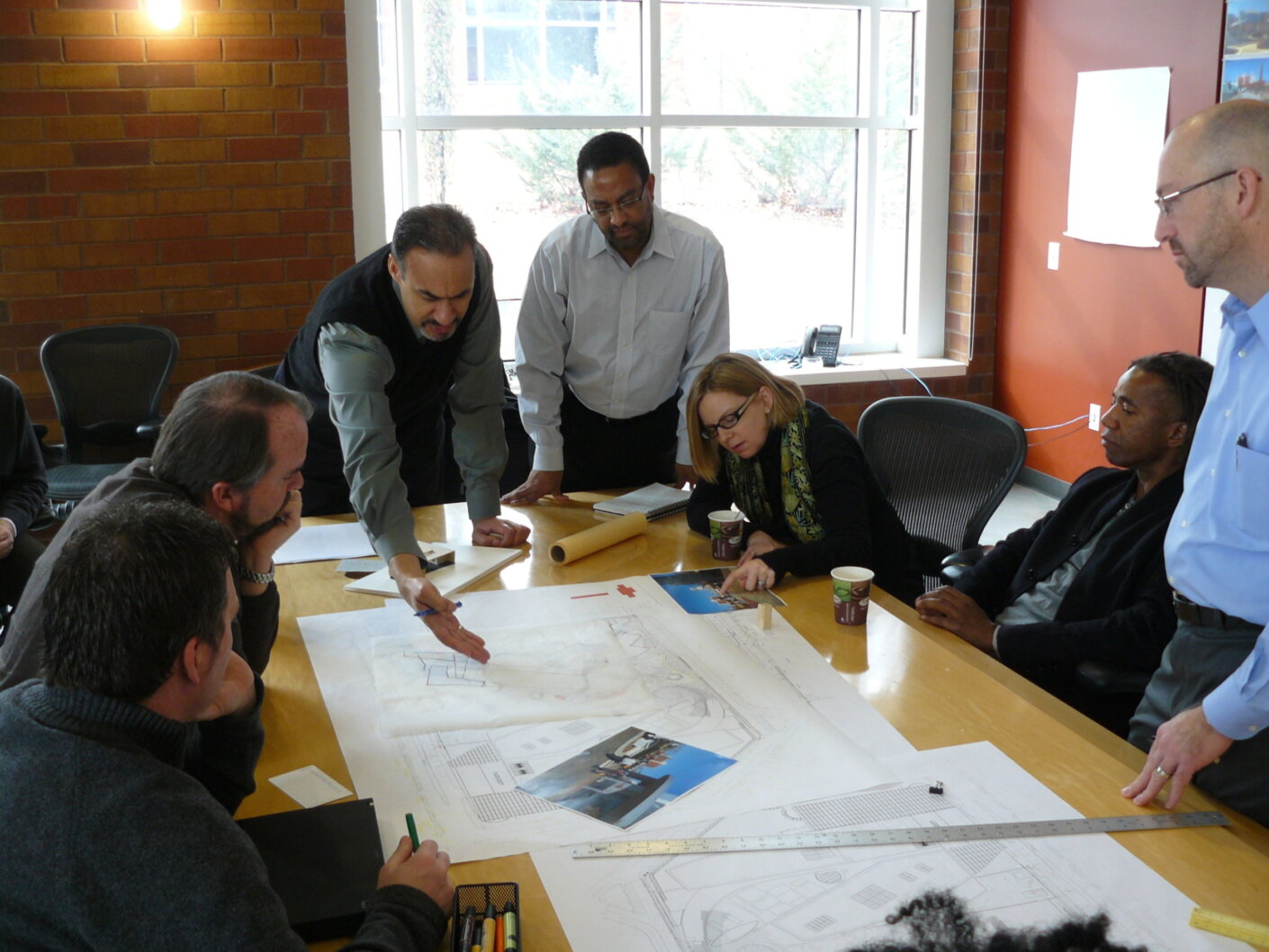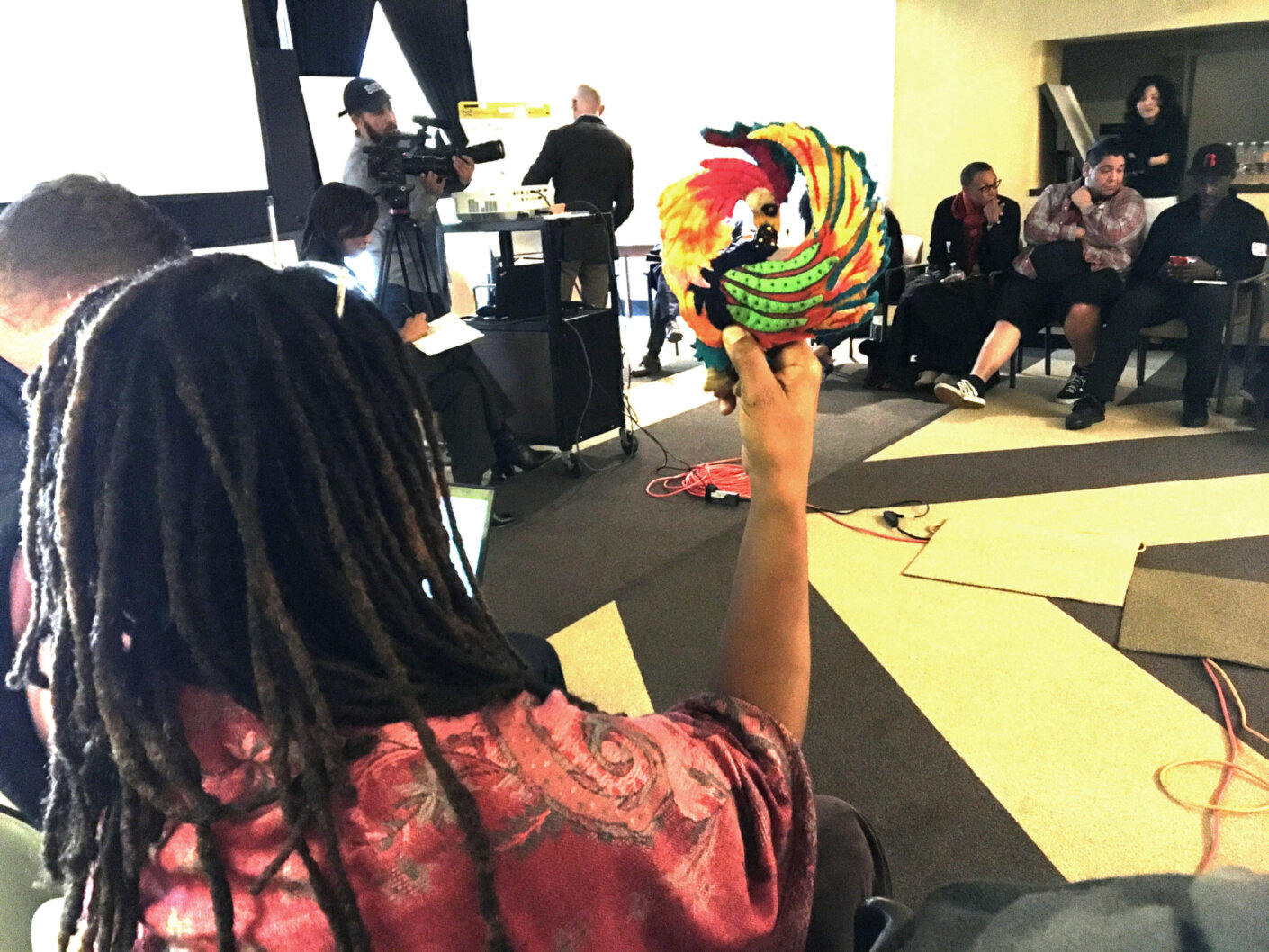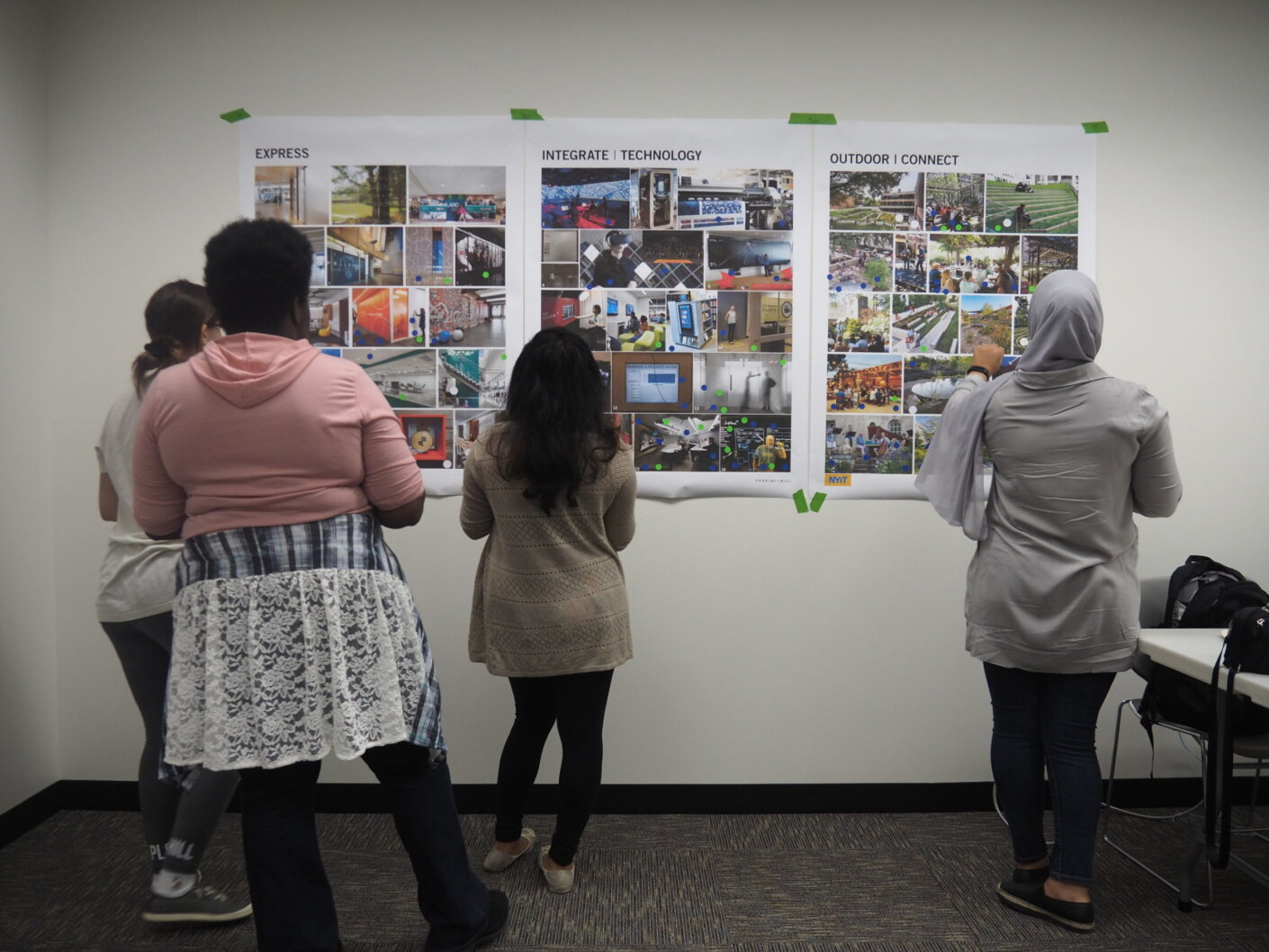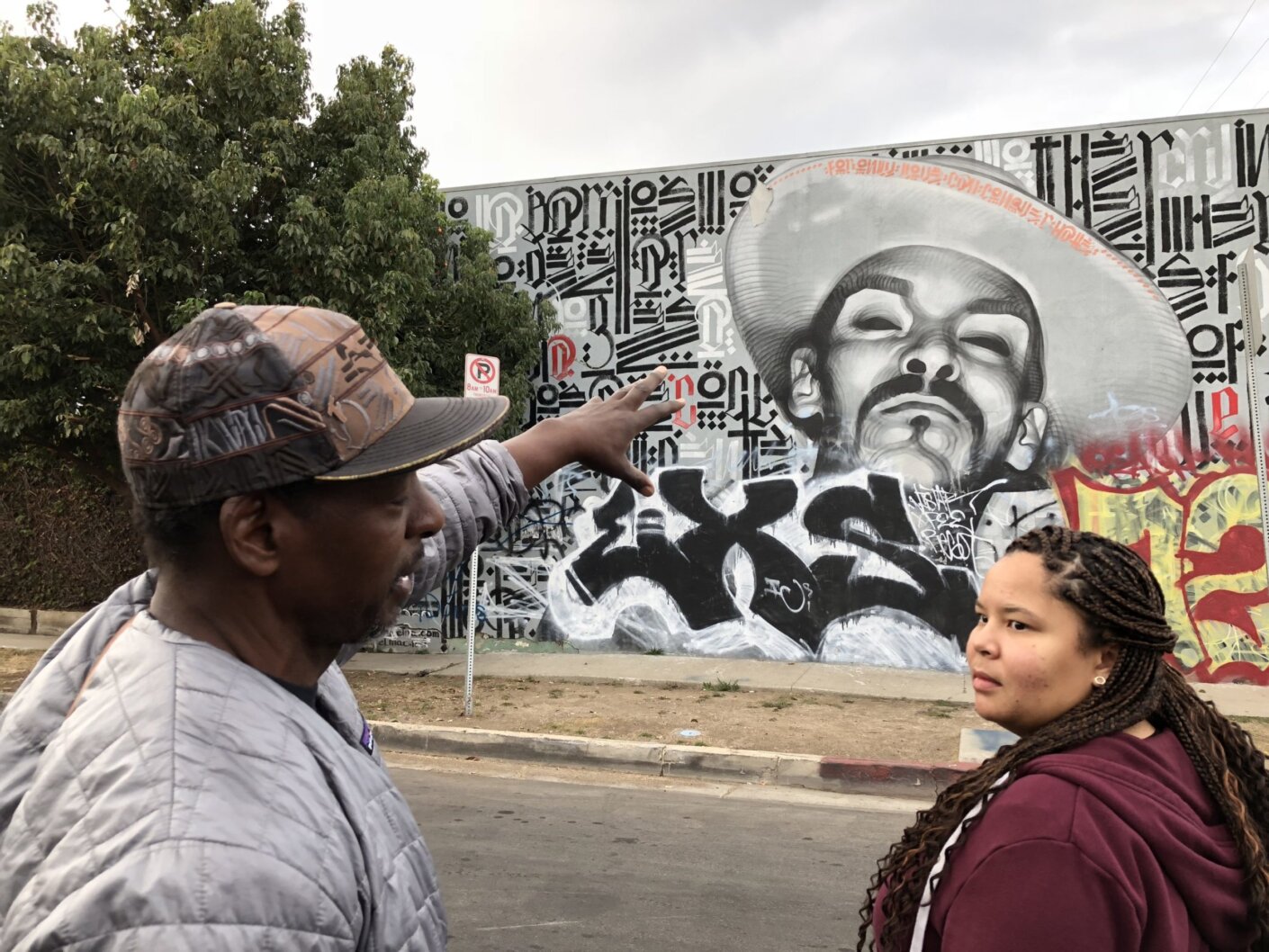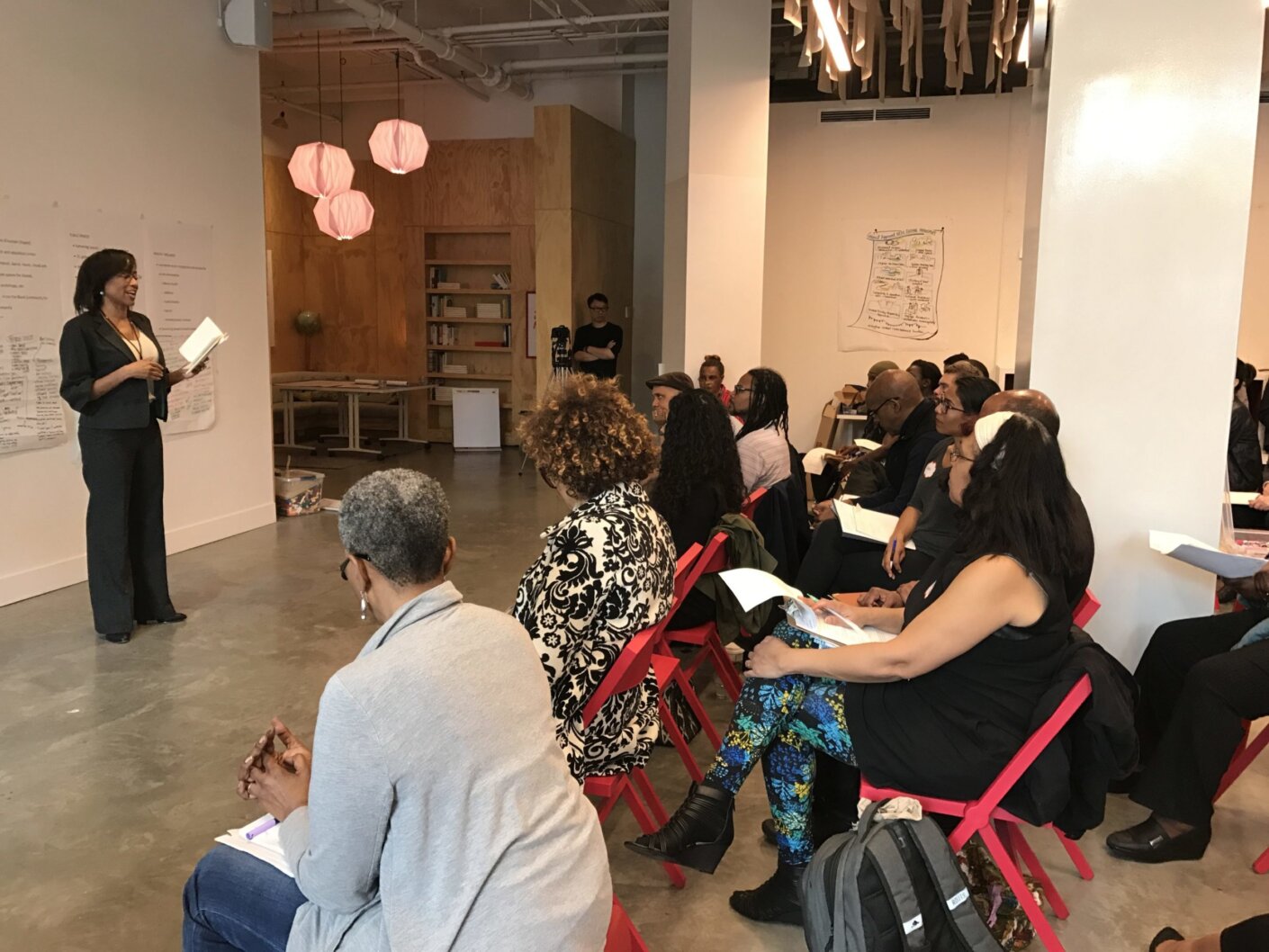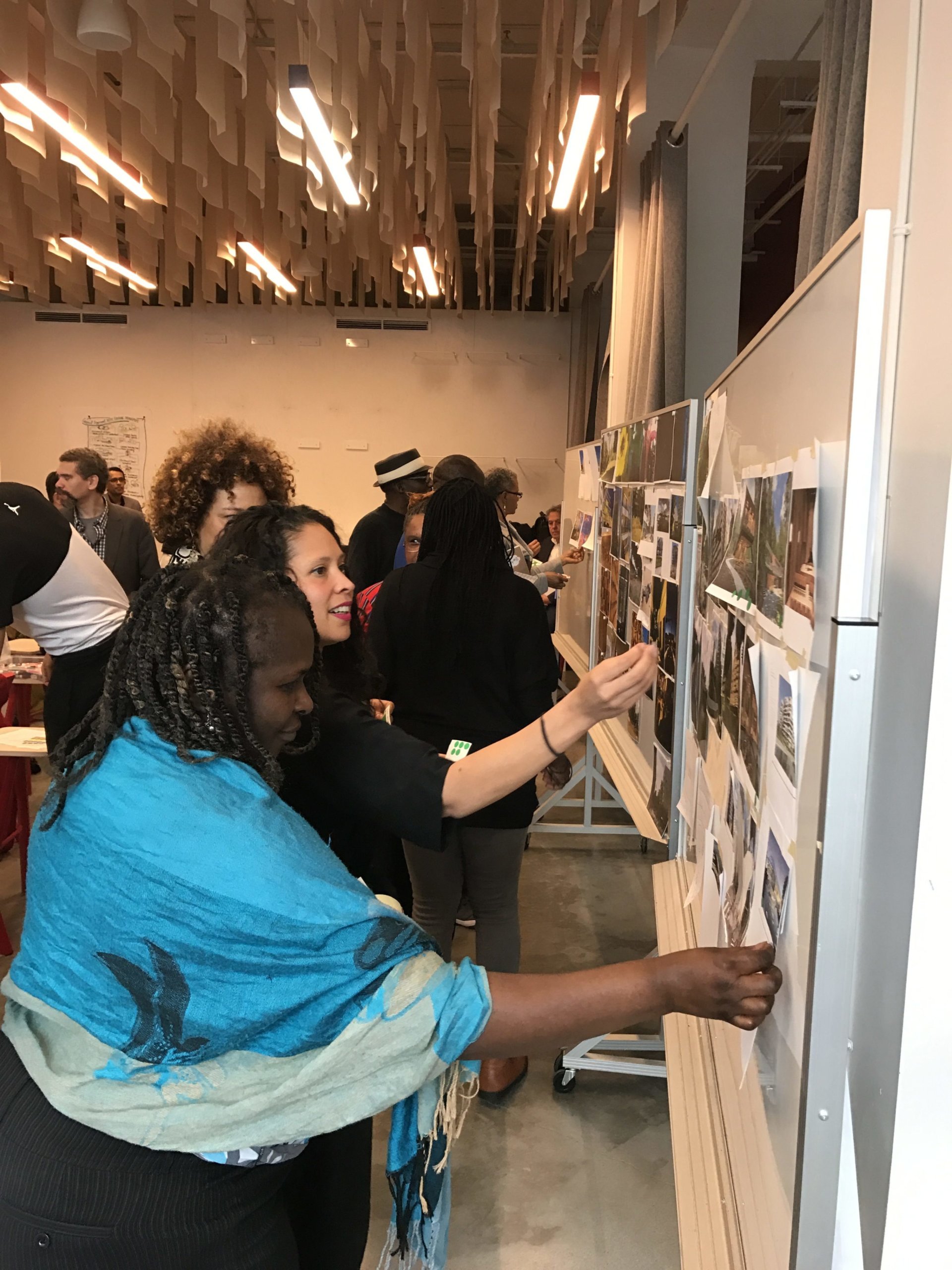For centuries, American urban planning and design have served as a White policymaker’s tool for consolidating power and suppressing diverse voices from Black, Indigenous, and People of Color (BIPOC). From the onset of slavery in the 1600s to our modern-day era, that power has been used to weaken, dismantle, and destroy BIPOC communities—to deprive them of basic resources and human rights, from food and water to healthcare and education.
Today, the Black Lives Matter movement has become the most widespread social justice initiative since the Civil Rights movement of the 1960s. And the architecture and design industry—which continues to be predominantly White, predominantly male—is facing a reckoning: We must acknowledge the inequities our industry has created and condoned, and we must take action, now, to right the wrongs of the past. We must work diligently to bring justice, equity, diversity, and inclusion (JEDI) into the very architectural institutions that have been complicit in perpetuating systemic racism.
Here are four ways individual designers and the design profession at large can do that:
